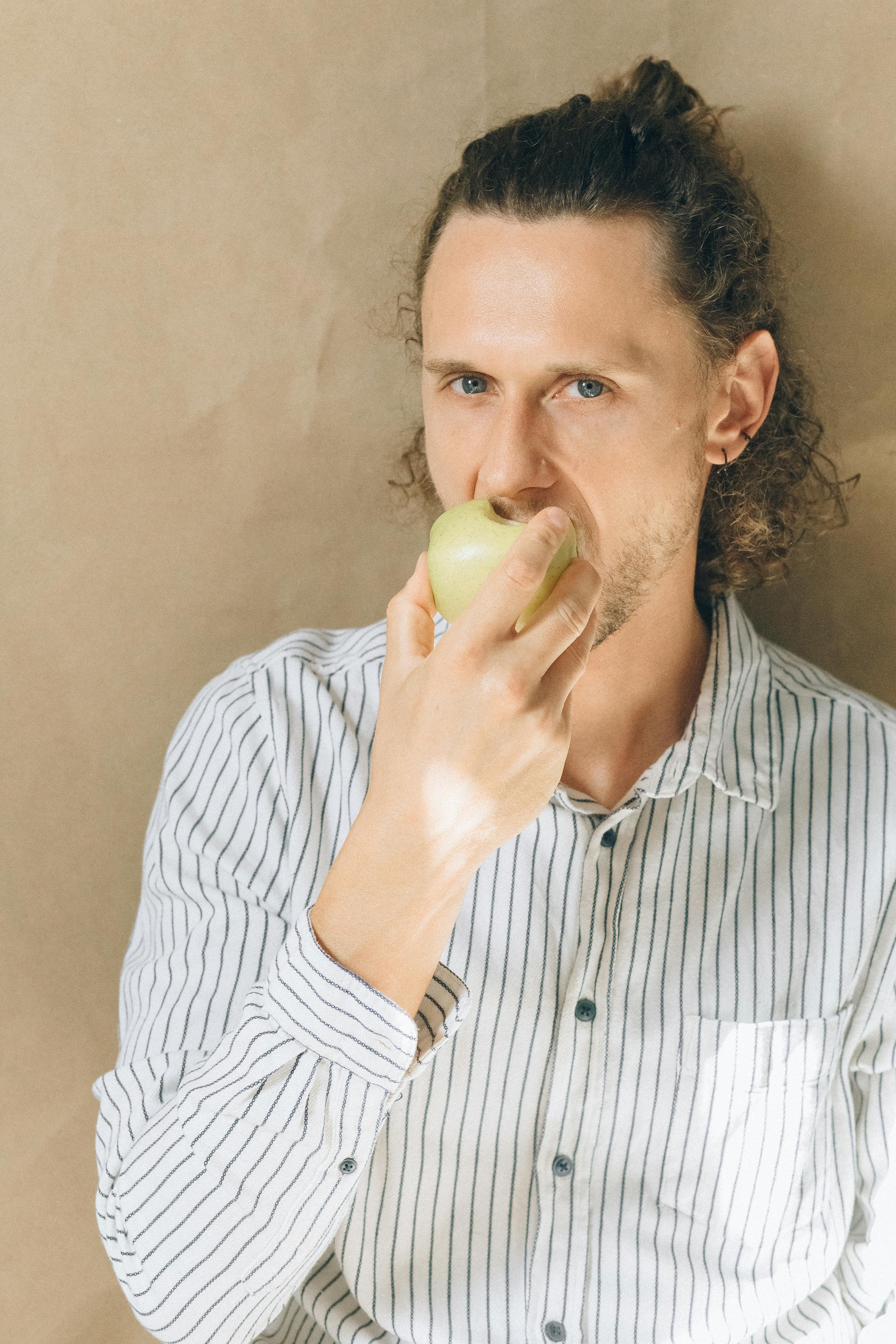Effective Ways to Optimize Your Sugar Glider Diet for Better Health in 2025
Essential Guide to Sugar Glider Nutrition for Optimal Health
Understanding the sugar glider diet is crucial for pet owners who want to ensure their furry companions thrive. Sugar gliders, being exotic pets, have unique dietary needs that can greatly impact their health, energy levels, and longevity. As we enter 2025, it’s more important than ever to optimize their diet for better overall health.
Providing appropriate sugar glider food not only includes offering a variety of fruits and vegetables but also ensuring they get the right balance of proteins, fats, and carbohydrates. This article will delve into a comprehensive sugar glider feeding guide, highlighting essential tips, common misconceptions, and dietary requirements for these adorable marsupials.
We will also explore how to craft the best diet for sugar gliders, what they can eat, and how to identify the right sugar glider treats while avoiding harmful options. Additionally, expert recommendations and nutritional tips will be shared to help you create a balanced meal plan tailored for your pet's needs.
By the end of this guide, you will be equipped with valuable insights on maintaining your sugar glider’s dietary health and enhancing their quality of life.

How to Create a Balanced Diet for Your Sugar Glider
Creating a well-balanced sugar glider diet involves understanding their natural eating habits and nutritional requirements. Sugar gliders are omnivorous and typically consume a variety of foods in their native habitats, including fruits, nectar, insects, and tree sap. Here’s how to optimize their diet effectively:
Understanding Sugar Glider Dietary Needs
Each sugar glider has unique dietary requirements based on age, reproductive status, and activity levels. Generally, sugar gliders require a diet rich in proteins, vitamins, and minerals. The sugar glider feeding guide emphasizes the importance of including:
- High-quality proteins: Essential for growth and energy.
- Fruits and vegetables: Provide antioxidants and fiber.
- Calcium-rich foods: Important for bone health.
- Dietary variety: Helps to ensure balanced nutrient intake.
Remember, a well-rounded sugar glider meal plan should reflect these needs and can be adjusted as your sugar glider ages or if health issues arise.
Best Foods for Sugar Gliders
When selecting food for your pet, focus on high-quality sugar glider pellets that are specifically formulated for their nutritional needs. Supplement these with fresh options like:
- Fruits for sugar gliders: Apples, grapes, and strawberries.
- Vegetables for sugar gliders: Sweet potatoes, carrots, and leafy greens.
- Insect protein: Crickets and mealworms for added protein.
Be cautious with sugar glider food safety; avoid foods that are harmful such as avocados and chocolate.
Creating a Sugar Glider Feeding Schedule
Developing a sugar glider feeding schedule can help maintain their health by ensuring they receive their essential nutrients consistently. Sugar gliders are nocturnal, so feeding them in the evening aligns with their natural behaviors. It's also helpful to introduce new foods gradually to prevent digestive issues.
Key Nutritional Supplements for Sugar Gliders
Alongside their main diet, certain sugar glider dietary supplements can improve health and support their overall well-being. Essential supplements may include:
Calcium and Vitamin D
Calcium is crucial for preventing metabolic bone disease, especially in female sugar gliders who are breeding. A calcium supplement combined with vitamin D helps enhance calcium absorption.
Probiotics and Digestive Aids
To support digestive health, consider incorporating sugar glider probiotic foods into their diet, which can help maintain a healthy gut microbiome.
High-Fiber Options
Including sugar glider high-fiber foods like leafy greens and fruits is important as they aid in digestion and prevent obesity, a common issue among sugar gliders.
Monitoring Sugar Glider Health Through Diet
Understanding how to monitor your sugar glider's health through their diet is essential. Be observant of their physical condition:
Weight Management and Diet Adjustments
Regularly check your sugar glider's weight and adjust their diet as needed. The sugar glider weight management strategy involves adhering to portion control and maintaining a balanced intake of various food types.
Identifying Food Allergies
Be aware of any potential sugar glider food allergies. Signs like lethargy, changes in behavior, or digestive upset indicate that you may need to adjust their diet.
Engaging Your Sugar Glider in Healthy Eating Habits
Encouraging your sugar glider to have healthy eating habits can involve interactive feeding practices. Consider these effective strategies:
Using Foraging Techniques
Sugar glider foraging mimics their natural behavior and keeps them mentally stimulated. Hide small amounts of food around their habitat to encourage exploration and exercise.
Group Feeding and Socializing
If you have multiple sugar gliders, try sugar glider group feeding techniques to promote social bonding and healthy competition for food, which can stimulate their playful behavior.
Creating a Balanced Feeding Environment
Ensuring a safe environment for feeding will minimize stress and promote healthy choices. Maintain a clean space where they can eat without disturbances.
Common Questions About Sugar Glider Nutrition
Q: What do sugar gliders eat to maintain good health?
A: A diverse diet that includes high-quality pellets, fresh fruits, and vegetables, along with protein sources like insects, ensures their health.
Q: How much food should I give my sugar glider daily?
A: Portion sizes can vary, but a general guideline is to provide 1-2 tablespoons of pellets, a variety of fruits and veggies, and a small portion of protein each day.
Q: Are there foods I should avoid?
A: Yes, harmful foods include chocolate, caffeine, avocados, and any food high in fat or sugar.
Proper sugar glider care extends beyond just feeding; it encompasses a holistic approach to health, which includes regular veterinary check-ups and monitoring their environment.

In conclusion, optimizing your sugar glider's diet in 2025 involves a combination of understanding their nutritional needs, maintaining a diverse and balanced diet, and keeping informed about their health through vigilant monitoring. By implementing these effective ways, you can ensure that your sugar glider thrives and enjoys a long, happy life with you.
